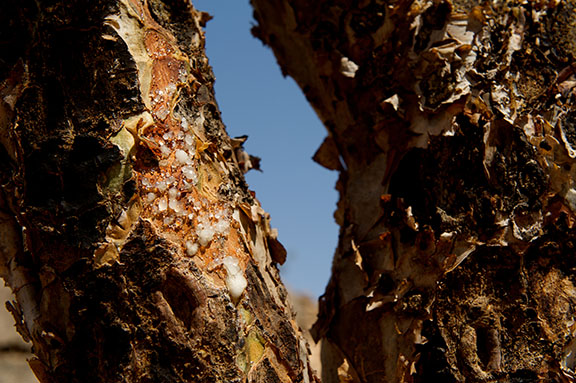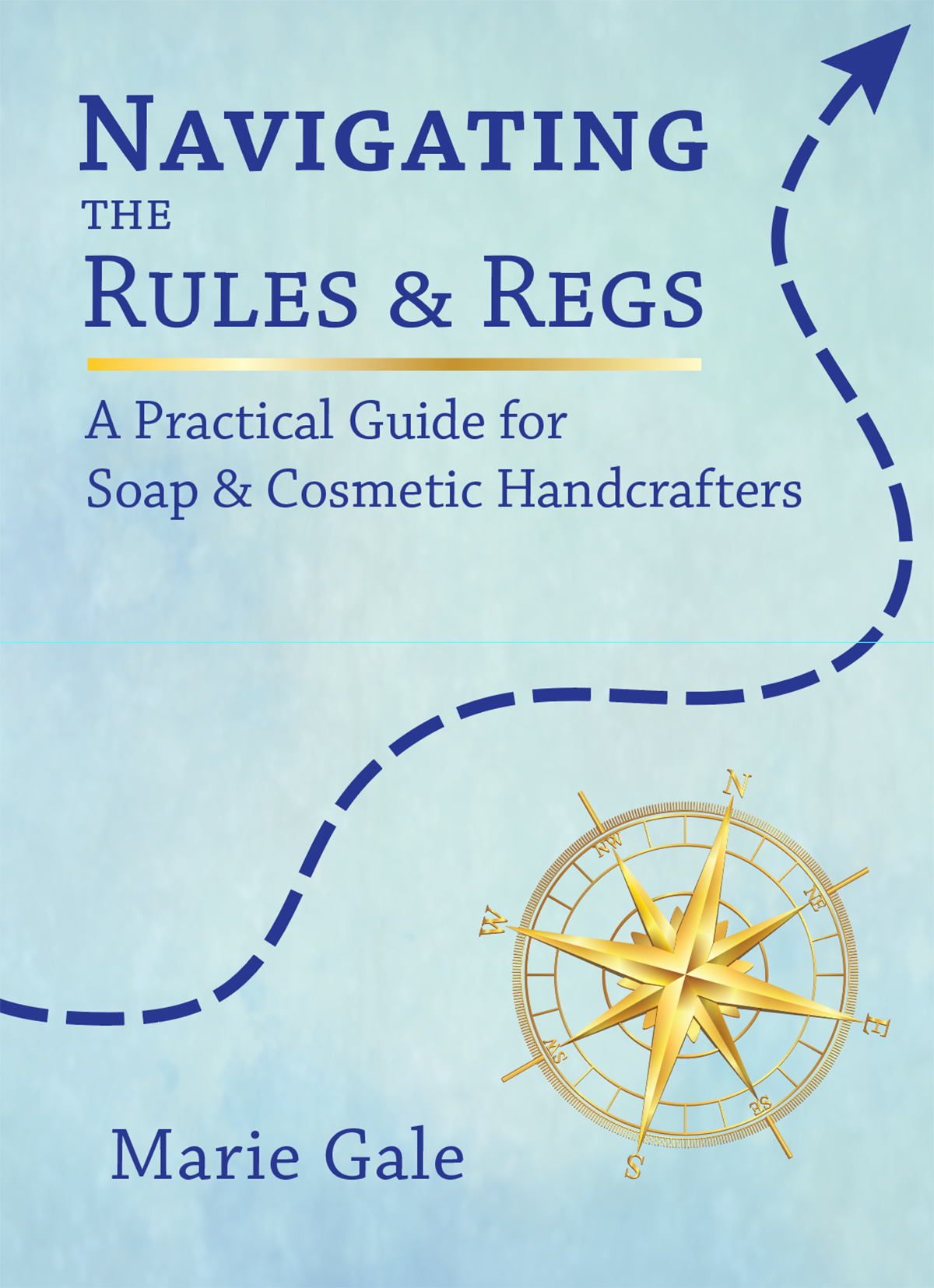
Frankincense has been used for thousands of years as a medicine, as a perfume or incense, and in religious practices. It is harvested from various species of Boswellia trees, which are native to the Arabian Peninsula (Oman, Yemen) and northeastern Africa (Somalia, Ethiopia). The frankincense industry provides income to millions of people.
The problem is that francincense is produced by the trees when they are injured. The typical process is to slash the bark (called “striping”) or to cut branches. The tree responds by exuding resins which bleed out and harden (called “tears”). The tears are harvested, and the process is repeated; generally two to three times per year. An article from 2012 referenced a study which said that only 16% of the seeds from heavily tapped trees germinated, where 80% of the seeds from healthy, untapped trees germinated.
A more recent study, Frankincense in Peril, found that 75% of the studied populations of B. papyrifera lacked small trees and that for decades there has been little or no natural regeneration. As a result, the authors predicted that frankincense production will be halved within 20 years and that 90% of the world’s Boswellia trees will disappear by 2070.
Another study in 2011 found that it’s not just the over-harvesting at fault. Fire, grazing and insect attacks are also to blame for overall lack of sustainability for Boswellia woodlands.
“Current management of Boswellia populations is clearly unsustainable,” Bongers said in a statement. “Our models show that within 50 years, populations of Boswellia will be decimated, and the declining populations mean frankincense production is doomed.”
Frans Bongers of Wageningen University in the Netherlands, research team leader.
With coordinated and intensive conservation efforts, Boswellia woodlands can be restored, and Frankincense sustainably harvested.
What can you do?
- Carefully consider whether you want to use Frankincense in your products.
- Search out suppliers who can verify their Frankincense is responsibly and sustainably harvested.



Leave a Reply